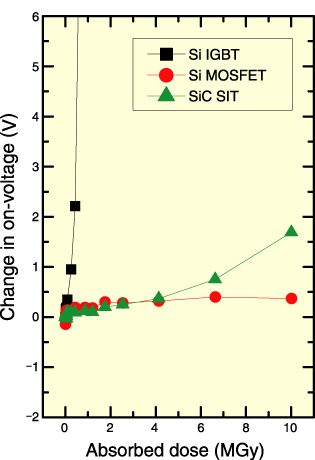
Fig.4-17 Relationship between absorbed dose and breakdown voltage

Fig.4-18 Relationship between absorbed dose and on-voltage
Silicon carbide (SiC) is a candidate semiconductor material for devices having lower loss and higher energy conversion efficiency than Silicon (Si). SiC has thus attracted much attention for next-generation energy-saving devices. In addition, SiC devices can be operated in harsh environments that exceed the physical properties of Si. Taking advantage of features of SiC, we are developing SiC devices which can be operated in harsh radiation environments, such as nuclear facilities and in space.
In this study, we carried out 60Co γ-ray irradiation of SiC Static Induction Transistors (SiC-SITs) up to a total dose of 10 MGy. For comparative purposes, Si Metal Oxide Semiconductor Field Effect Transistors (Si MOSFETs) and Si Insulated Gate Barrier Transistors (Si IGBTs) were also irradiated with γ-rays. After irradiation, the current-voltage characteristics of these devices were investigated. The following results were observed. (1) There was no significant change in the breakdown voltage for SiC SITs and Si IGBTs observed after 10 MGy irradiation. For Si MOSFETs, however, the breakdown voltage decreased with an increase in the absorbed dose (Fig.4-17). (2) The on-voltages for SiC SITs and Si MOSFETs did not significantly change. On the other hand, the on-voltage for Si IGBTs dramatically increased after irradiation at several hundred kGy (Fig.4-18).
The decrease in the breakdown voltage indicates degradation of reliability. The change in on-voltage leads to unexpected circuit operations because the voltage for turning on the device fluctuates. These phenomena are crucial issues for devices used in radiation environments. Although obvious degradation of the electrical performance of Si IGBTs and MOSFETs is observed after γ-ray irradiation, SiC SIT shows stable performance after 10 MGy irradiation, which is the target value. Therefore, we can conclude that SiC transistors with high radiation hardness have been successfully developed.
This study was carried out under the Strategic Promotion Program for Basic Nuclear Research by the Ministry of Education, Culture, Sports, Science and Technology of Japan (MEXT).